



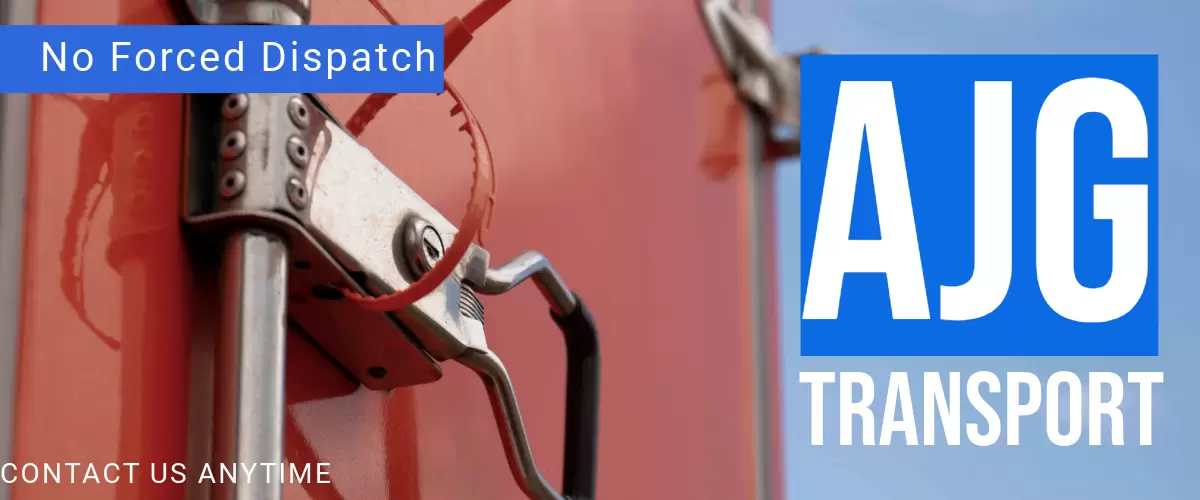
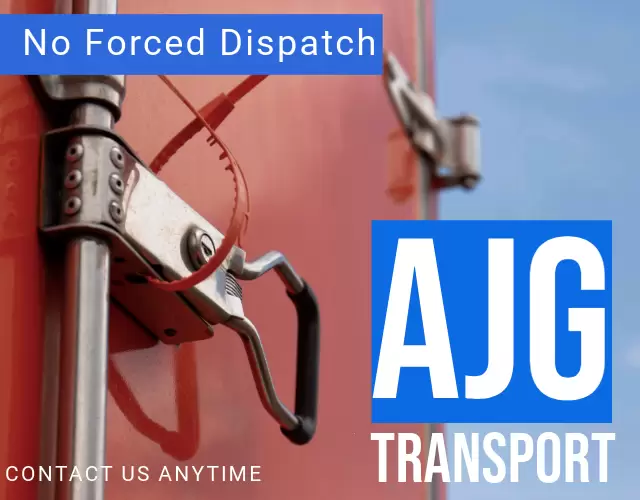
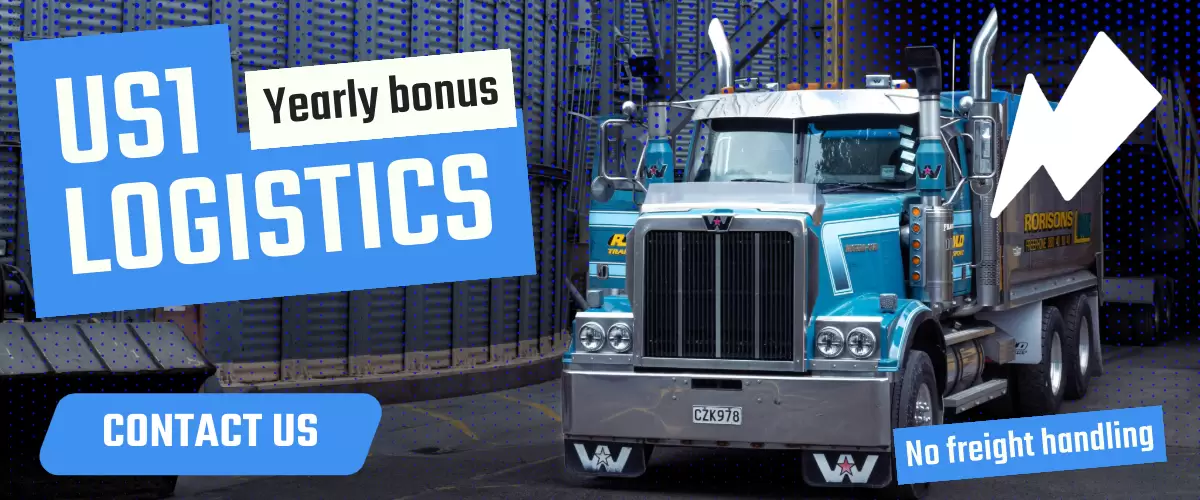

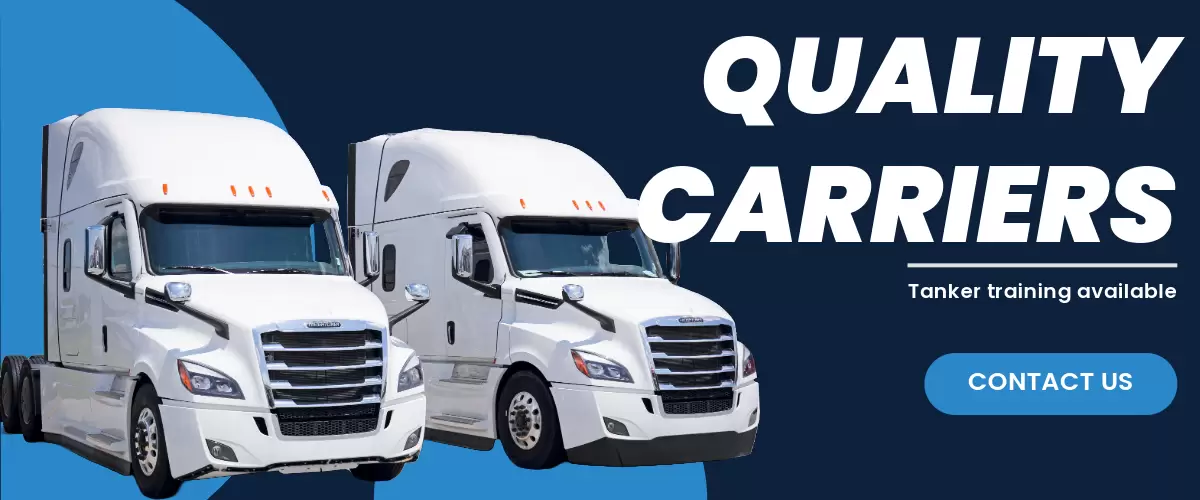
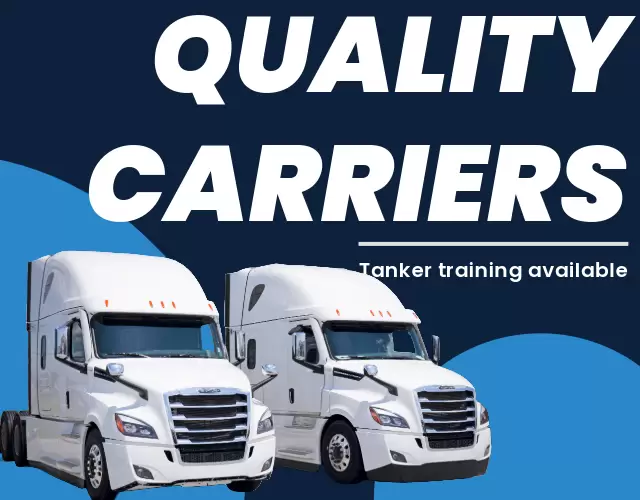
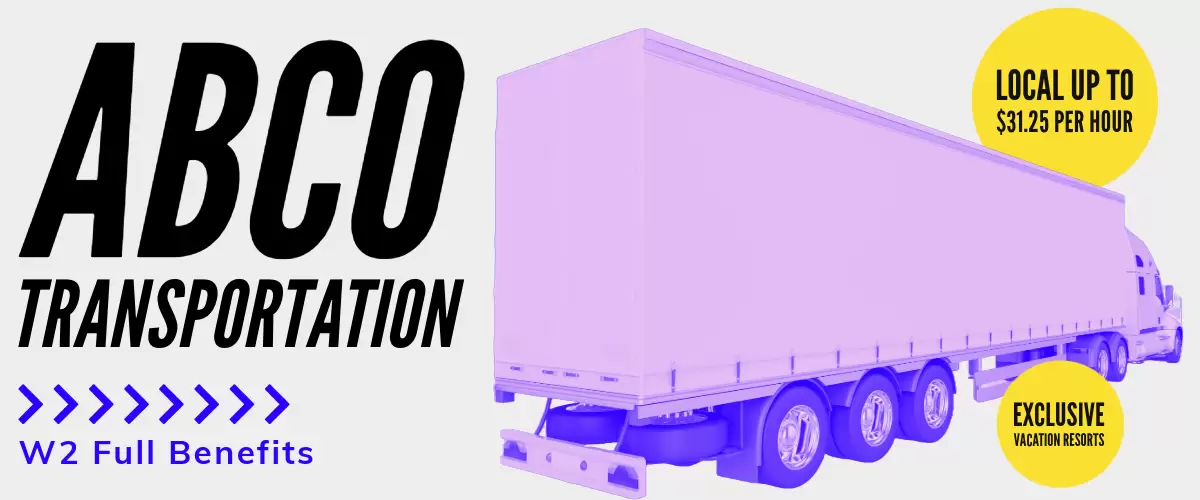
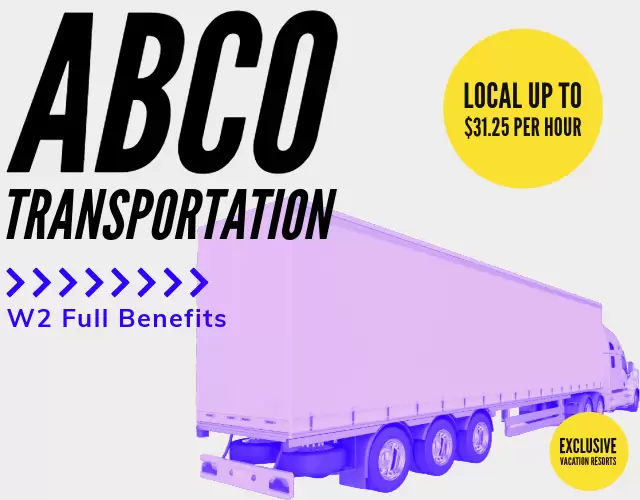
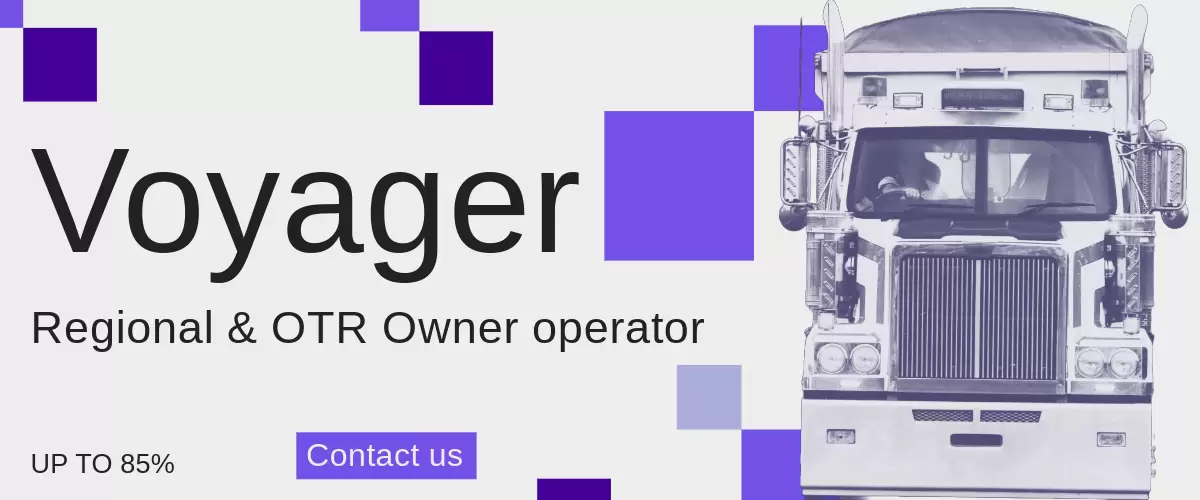
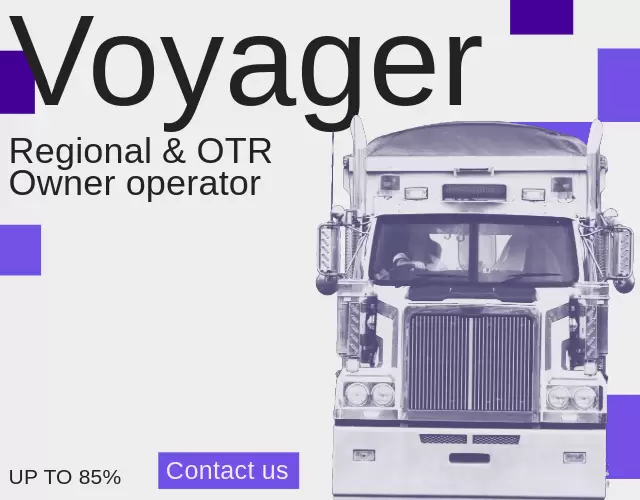
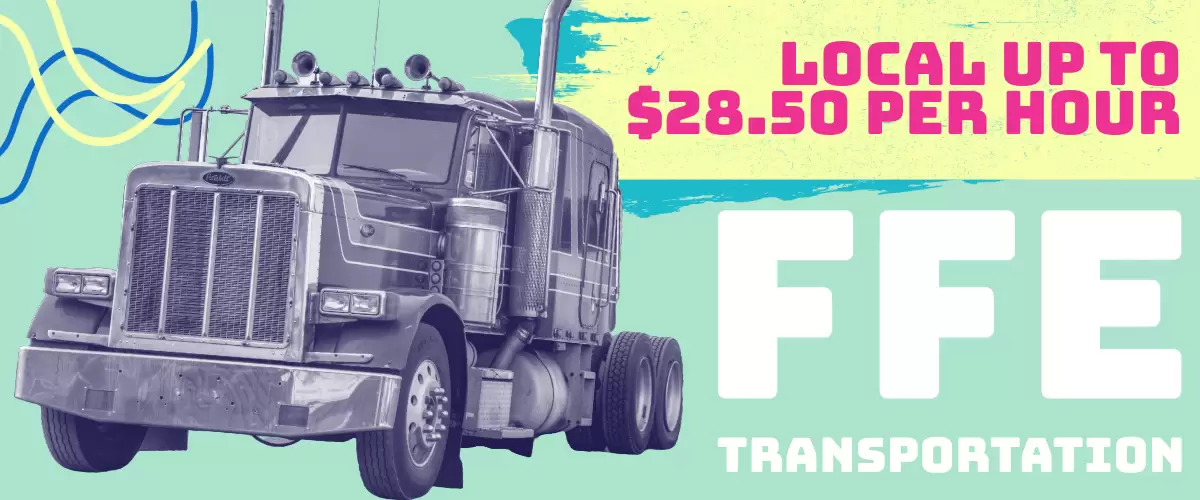
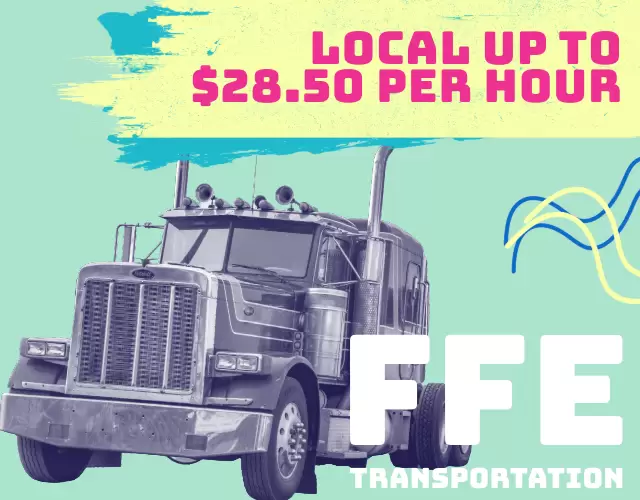
Qualifications
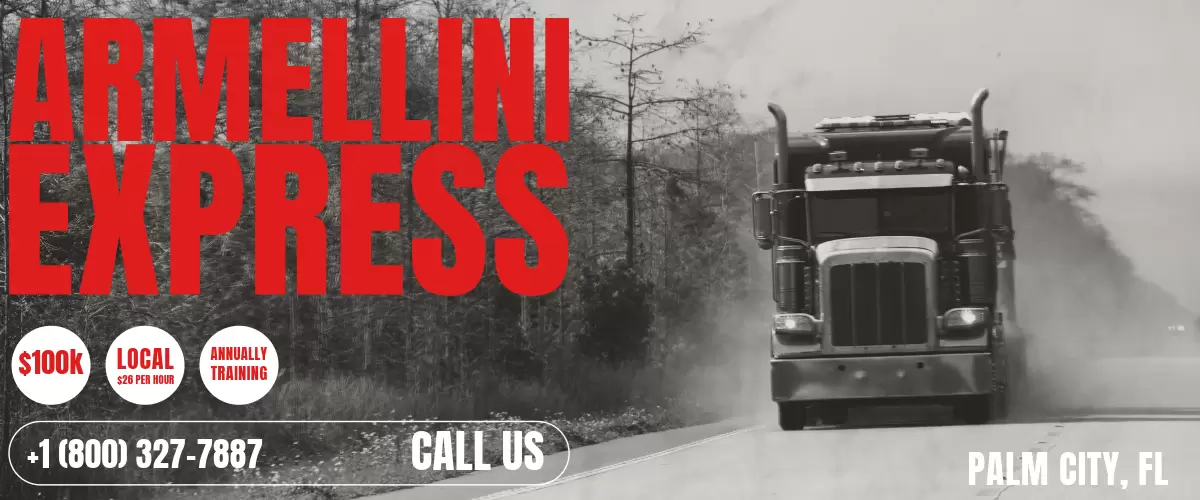
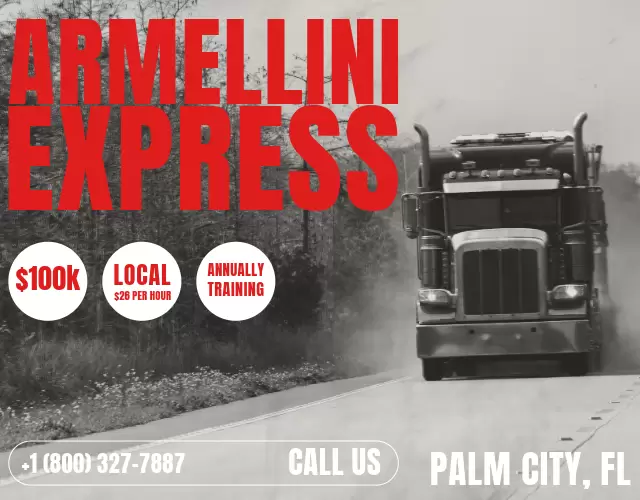
Thousands of Florida trucking jobs remain vacant as the search for truck drivers continues. According to the Florida Trucking Association, a countrywide driver shortage and the need to fill thousands of trucking positions are contributing to supply chain issues that are increasing costs in advance of the holidays and delaying delivery times.
According to the American Trucking Associations, there are 80,000 truck drivers needed across the US. Although the scarcity has been present for some time, the epidemic made it worse. An aging workforce, a wave of early retirements during the COVID-19 economic slump, and a spike in customer demand when firms reopened can all be blamed for this. All sorts of drivers are in high demand, but long-haul trucking has the greatest need, according to trade associations. Despite being a vital component in a highly complex global supply chain, more than 72% of freight in the United States is transported by vehicle.
Trucking businesses are luring candidates with commercial driver's licenses with sign-on bonuses of up to $15,000. While less-experienced drivers might make between $40,000 and $60,000 a year, more-experienced drivers can make over $100,000. More experienced drivers might earn high money if they have a clean driving record. There has been a severe supply shortage along with the rise in prices. In order to remain competitive, one trucking business increased compensation twice this year, raising drivers' yearly salaries by $4,000 to $6,000.
To address the need, more work must be done. People often have to wait weeks or even months to take a written exam to acquire their learner's permit to begin training because of bottlenecks at various tax collector offices in Florida. Some tax collectors and state agencies are providing weekend hours, longer hours, giving CDL appointments priority, and arranging tests directly with outside testing companies in order to meet the demand for testing.
A nation that has just become aware of how dependent the supply chain is on the men and women driving big rigs is seeing an increase in truck driver compensation across the country as a result of a labor shortage, therefore the current situation with the local and regional trucking jobs in Florida is not great. According to the American Trucking Associations, almost every commodity that is eaten in the U.S. gets loaded into a truck at some point.
A semitruck may cost as much as $35,000 for a used one, according to truck maintenance business Durabak, for drivers who wish to buy their own vehicles. A brand-new semitruck can cost up to $200,000 on the top end.
Logistics support According to HaulHound, a big rig owner should expect to spend over 70% of their annual income on maintenance. That gap might result in a driver making over $183,000 actually taking home $50,000 to $60,000.
The pandemic caused various changes in the transportation sector, notably higher trucker rates during the driver shortage. Regional drivers may expect to make between $727 and $1,081 per week, or $37,840 to $56,249 per year, according to Werner Enterprises. A driver who concentrates on deliveries for a single business can earn between $1,140 and $1,538 weekly, or between $60,000 and $80,000 annually. Depending on how big the firm is and what they are carrying, pay varies from company to company.
The epidemic was especially damaging to smaller, neighborhood trucking operations. 3,140 businesses in all stopped operating. When the epidemic first started, many seasoned drivers retired. During the pandemic, driving schools for truck drivers were also shut down, preventing a possible flood of new drivers.
Insurance is another obstacle to young drivers getting behind the wheel. Commercial drivers under the age of 25 are often refused insurance coverage by insurance providers.
The U.S. Department of Transportation and the Department of Labor announced a 90-day trucking apprenticeship challenge on December 16 in an effort to increase the number of registered trucking apprenticeships. After 60 days, more than 260 companies and business partners accepted the challenge and committed to increasing apprenticeships.
OTR, or long-haul trucking, is the abbreviation for over-the-road transportation. These are the people who have traveled the whole length of the 48 contiguous states, with many of them having done so. We will go into more detail about how OTR drivers vary from their regional and local colleagues in a few important areas later. OTR drivers, on the other hand, are essentially a unique kind of truck drivers that are on the road for weeks or even months at a time.
The average distance for a typical OTR load is about 1,200–1,400 miles, and many different types of freight, such as fresh produce and cargo arriving at our country's ports from abroad, must be transported from either the west coast or east coast long distances across the country, sometimes more than 3,000 miles. These are the main cargoes that OTR truckers move.
OTR drivers often work as either a team of two drivers or as a lone driver. Despite traveling the same distances, single drivers sometimes need six to seven days to get a load from one coast to the other, but OTR teams may do so in around three and a half days.
OTR drivers often earn more money than their competition since they travel greater distances and spend more time on the road. They can be paid per the mile, a percentage of the line haul income for a load, or a percentage of the overall revenue for the load.
More so than local and regional occupations, OTR trucker positions are in continual high demand, so if job stability is a concern for you, OTR may be the appropriate choice. Another thing to think about before applying for an OTR truck job in Florida is the slightly different work-life balance that OTR has compared to locals.
These are drivers that have their own businesses and collaborate with clients or other companies. They either own the car outright or have it on lease. In this paradigm, the driver is still in charge of their own destiny and is responsible for any risks the company may face. There may be a lot of owner operator trucking jobs in Florida here.
The majority of the time, these drivers work as independent contractors rather than as company employees. Owner operators must pay taxes as a result since they are not automatically deducted from earnings.
As business owners, drivers must take into mind the expenses that need to be recorded. This would include repairs, maintenance, and liability and health insurance.
A driver may make more money as an owner operator than a driving for an employer. 70 percent of the load is about average for the value. Owner operators may expect to make between $75,000 and $155,000 annually, depending on their ambition and commitment. Having to travel frequently would mean earning more money.
Owner operators can make between $2000 and $3000 per week after all costs are subtracted, however it is important to remember that these amounts fluctuate based on costs and driver commitment.
It's typical for owner operators in the trucking industry to start out their careers as company drivers before branching out on their own, but it's not required. For each role, the essential driving skills and knowledge needed are the same.
Nevertheless, each tactic has benefits and disadvantages. If you work as a corporate driver, you won't have to worry about handling your business' funds or buying or leasing a car. Although you may pick the cargo you want to transport and potentially earn as much money as you like as an owner operator, you will also need to buy a truck and other necessary equipment.
Living on the edge is no way to live. Some businesses pay you, as opposed to truck driving schools that demand you pay for your license. Apply for one of the truck jobs with training in Florida if you are an experienced trucker, a student driver in need of paid on-the-job training, or if you lack trucking experience but want your commercial drivers license to work in a secure and well-paying position.
Most truck driving schools charge a high cost to obtain a CDL license. For the whole program, many universities impose a fixed cost that might be anywhere between $3,000 and $7,000. The Federal Motor Carrier Safety Administration (FMCSA) established the Entry-Level Driver Training (ELDT) requirement in February 2022. Regardless of the state in which they obtained their license, the truck driving school, or the CDL training program they attended, the ELDT developed a common nationwide baseline to guarantee that all new drivers had the same safety abilities.
Figuring out whether you're eligible for a CDL. A minimum age requirement and physical specifications for a CDL are among prerequisites.
Drivers of various classes of commercial vehicles are required by federal rules to hold a commercial driver's license:
Get highlights and special offers twice a month.
We use a tool to capture how users interact with our websites so we can analyze and improve the user experience. Clicking “Accept” allows us to use this tool when you visit our websites. For more information, read our Privacy Center article on Cookies and tracking.